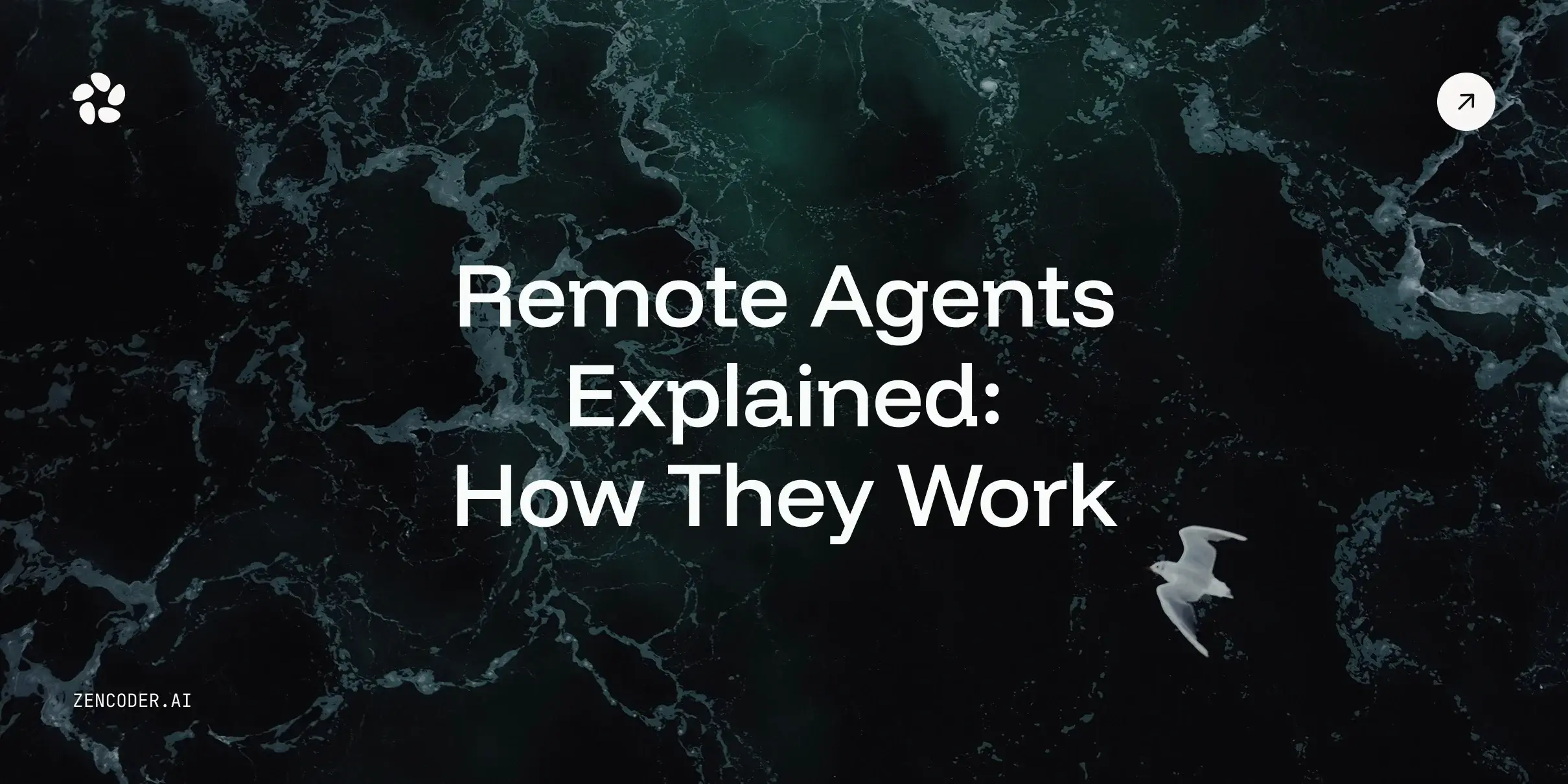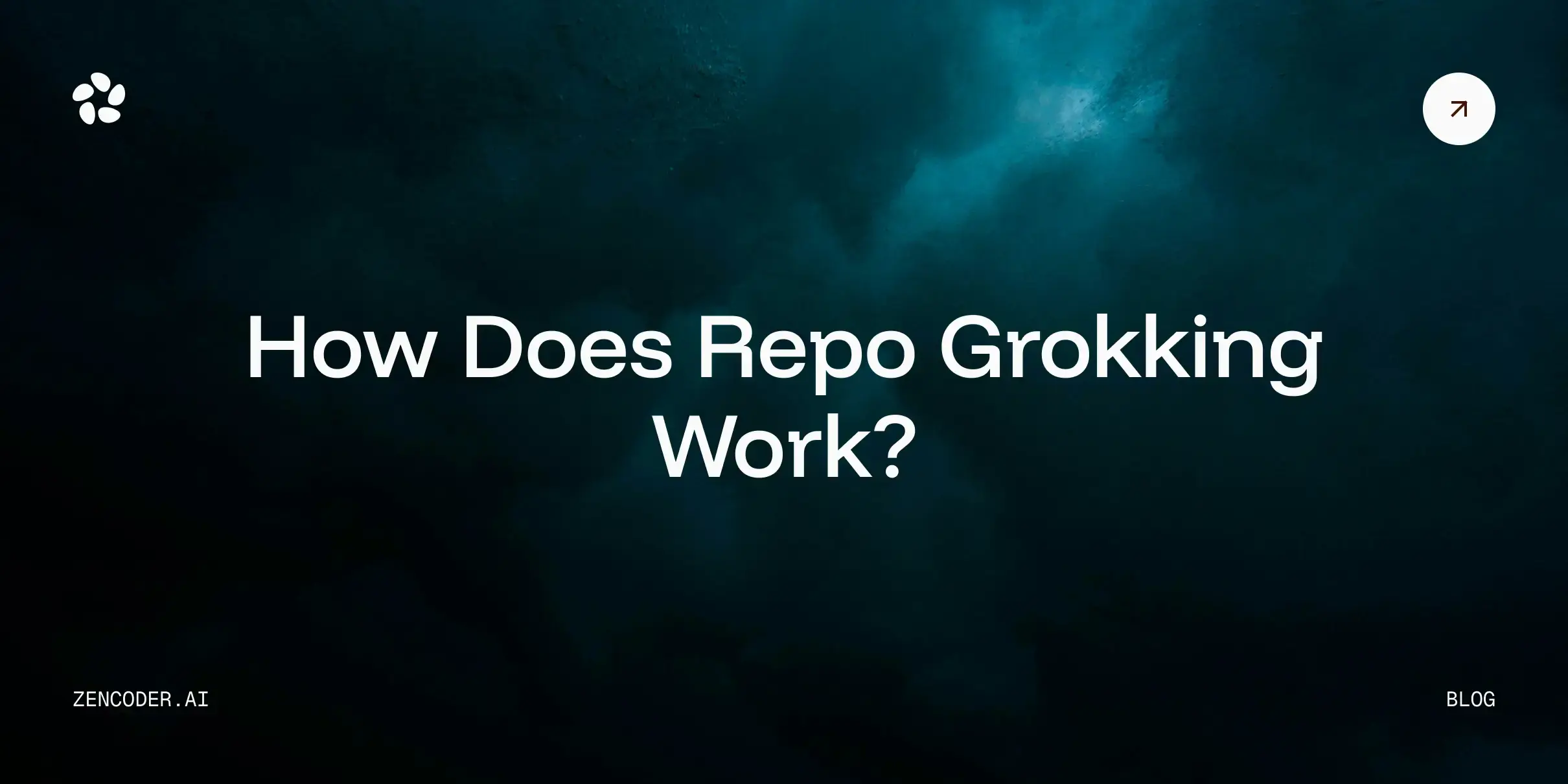As technology advances, the need for code migration to modern frameworks becomes increasingly apparent. These migrations are not merely about keeping up with trends; they are essential for enhancing performance, ensuring scalability, and bolstering security.
By transitioning to contemporary frameworks, organizations can leverage new features and capabilities that drive innovation and efficiency. However, this process is complex and requires careful planning and execution.
In this article, you will learn the transformative role of AI in codebase migration, which promises to revolutionize how we approach these challenges.
Here’s what you’ll read here:
- The Role of AI in Codebase Migration
- Understanding the Current Codebase
- Choosing the Right Framework
- Preparing for Migration
- Leveraging AI Abilities for Migration
- Executing the Migration
- Post-Migration Considerations
- Challenges and Solutions
Let’s dive in!
The Role of AI in Codebase Migration
AI has revolutionized the way we approach codebase migration by offering sophisticated abilities that streamline the process. Traditional migration methods often involve manual code reviews, unit tests, and refactoring, which are time-consuming and prone to human error.
AI, on the other hand, introduces automation and intelligence into the equation, significantly reducing the time and effort required. By leveraging AI, we can automate complex tasks such as data transfer, code analysis, pattern recognition, and optimization suggestions. This not only improves accuracy but also enhances efficiency, allowing teams to focus on higher-level strategic decisions.
The integration of AI into codebase migration is not just a technological advancement; it represents a paradigm shift in how we think about software development. AI's ability to process vast amounts of data quickly and accurately means that it can identify patterns and anomalies that might be missed by human eyes. This capability is particularly valuable in large-scale projects where the sheer volume of code can be overwhelming.
The benefits of using AI for codebase migration are manifold, including the ability to handle large-scale projects with ease, reduce costs, and improve overall project outcomes. By embracing AI, organizations can not only streamline their migration processes but also unlock new levels of innovation and efficiency.
Understanding the Current Codebase
Before embarking on a migration journey, it is important to thoroughly analyze the existing codebase. This involves employing advanced techniques for code analysis to understand its current state, architecture, and dependencies. By conducting a comprehensive assessment, we can identify areas that require improvement and potential challenges that may arise during code migration.
This process requires a meticulous examination of every component, from the overall architecture to the smallest lines of code. This foundational step is crucial for minimizing risks and ensuring that the migration process is both efficient and effective. By gaining a deep understanding of the existing codebase, organizations can make informed decisions about which elements to retain, modify, or discard.
This not only helps in setting realistic migration goals but also in anticipating potential roadblocks that could hinder progress. Moreover, a thorough analysis can reveal hidden opportunities for optimization and innovation, paving the way for a more robust and scalable system.
Choosing the Right Framework
Selecting an appropriate framework is a pivotal step in the migration process, as it can have far-reaching implications for the project's success, affecting everything from performance to maintainability. By evaluating various framework options, we can determine which one best meets our technical and business requirements.
This involves a careful comparison of popular frameworks, considering factors such as scalability, community support, and ease of integration. Aligning framework features with our strategic objectives ensures that the new framework supports our long-term vision and enhances our ability to deliver value to our stakeholders.
The decision-making process for choosing the right framework is both an art and a science. It requires a deep understanding of the technical landscape, as well as a clear vision of the organization's goals and objectives. This involves not only assessing the technical capabilities of each framework but also considering factors such as the availability of skilled developers, the maturity of the framework, and its track record in similar projects. By taking a holistic approach to framework selection, organizations can ensure that they choose a solution that not only meets their immediate needs but also supports their long-term growth and innovation. This decision-making process requires a deep understanding of both the technical landscape and the organization's goals.
Preparing for Migration
A well-structured migration plan is essential for success. This involves creating a detailed roadmap that outlines each step of the migration process, complete with timelines and milestones.
A comprehensive plan also ensures that all team members are aligned and that resources are allocated efficiently. For example, effective data and dependency management strategies are crucial for handling data migration and managing third-party libraries, minimizing disruptions during the transition. This preparation phase also involves risk assessment and mitigation planning, ensuring that potential issues are identified and addressed proactively.
This step also requires a strategic approach that takes into account not only the technical aspects of the migration but also the organizational and cultural factors that can impact success. By investing time and effort in preparation, we can set the stage for a smooth and successful migration. This involves engaging stakeholders at all levels, from developers to executives, to ensure that everyone is aligned with the migration goals and objectives.
So, by fostering a culture of collaboration and communication, organizations can overcome potential obstacles and ensure that the migration process is both efficient and effective. By investing time and effort in preparation, we can set the stage for a smooth and successful migration.
Leveraging AI Abilities for Migration
AI-powered code analysis abilities, including those enhanced by large language models (LLMs), offer unparalleled capabilities for automated code analysis. These abilities can identify patterns, suggest optimizations, and facilitate automated code refactoring, ensuring code quality and consistency.
By harnessing AI, we can refactor code for the new framework efficiently, paving the way for a seamless migration. In fact, AI's ability to process large volumes of code quickly and accurately allows us to identify potential issues and opportunities for improvement that may not be immediately apparent through manual analysis.
So, the use of AI in codebase migration is a game-changer, offering capabilities that were previously unimaginable. By automating complex tasks such as code analysis and refactoring, AI enables organizations to focus on higher-level strategic decisions, rather than getting bogged down in the minutiae of code migration.
This not only enhances the quality of the migrated codebase but also accelerates the migration process, enabling faster time-to-market and reduced costs.
Executing the Migration
By monitoring progress and making necessary adjustments, we can ensure the migration stays on track. This involves regular check-ins and reviews to assess progress against the plan and address any issues that arise.
Thorough testing and validation are paramount post-migration, employing advanced methods to validate the integrity and functionality of the migrated codebase. This includes unit tests, integration testing, and user acceptance testing to ensure that the new system meets all requirements and performs as expected.
Then, execution is where the rubber meets the road in any migration project, as it requires a disciplined approach that balances the need for speed with the need for quality and accuracy. By maintaining a focus on quality and continuous improvement, we can deliver a successful migration that meets our objectives and exceeds stakeholder expectations. This involves not only executing the technical aspects of the migration but also managing the organizational and cultural changes that can impact success.
Post-Migration Considerations
Once the migration is complete, optimizing the new codebase for performance is crucial to stay on track. This involves ongoing monitoring and analysis to ensure that the system operates efficiently and effectively.
Additionally, setting up continuous integration and deployment (CI/CD) pipelines ensures smooth deployment and integration processes, facilitating ongoing development and maintenance.
However, consider that post-migration is not the end of the journey, but rather the beginning of a new phase of continuous improvement and optimization. By establishing robust CI/CD practices, we can ensure that future updates and enhancements are delivered quickly and reliably, supporting our organization's agility and responsiveness to changing market demands. This involves not only optimizing the technical aspects of the codebase but also fostering a culture of continuous learning and improvement.
So, by embracing a mindset of innovation and agility, organizations can ensure that their codebase remains robust, scalable, and aligned with their strategic objectives.
Challenges and Solutions
Codebase migration is not without its challenges even when using AI that can simplify and speed up processes. Identifying potential obstacles and developing strategies to overcome them is vital for a successful migration.
Common challenges include managing legacy code, ensuring data integrity, facilitating data transfer, and aligning stakeholder expectations. By examining case studies and success stories, we can glean valuable insights and lessons learned from real-world scenarios, enhancing our approach to future migrations.
However, have no fear: the challenges of codebase migration are numerous and varied, but they are not insurmountable. By taking a proactive approach to identifying and addressing potential obstacles, organizations can ensure that their migration projects are successful. This involves not only addressing the technical challenges of migration but also managing the organizational and cultural changes that can impact success.
So, by fostering a culture of collaboration and communication, organizations can overcome potential obstacles and ensure that the migration process is both efficient and effective.
Conclusion
In summary, AI and large language models (LLMs) play an instrumental role in codebase migration, offering abilities and techniques that simplify and enhance the process. By embracing AI, we can navigate the complexities of migration with confidence, ensuring our codebase remains robust, scalable, and aligned with our strategic objectives.
How Zencoder Can Help with Codebase Migration
Zencoder, an advanced AI agent, offers powerful abilities to facilitate codebase migration. By leveraging machine learning algorithms, Zencoder analyzes existing code to identify patterns and suggest optimizations, reducing the risk of errors during the transition.
The tool also provides automated refactoring and dependency management, ensuring that the migrated code is compatible with new frameworks.
Try out Zencoder and share your experience by leaving a comment below. Don’t forget to subscribe to Zencoder to stay informed about the latest AI-driven strategies for improving your code governance. Your insights, questions, and feedback can help shape the future of coding practices.
Related Reads on the Zencoder Blog:


![Save 90% on AI Costs Using Claude, Codex & Gemini [Guide]](https://zencoder.ai/hubfs/Universal_CLI_04.png)
